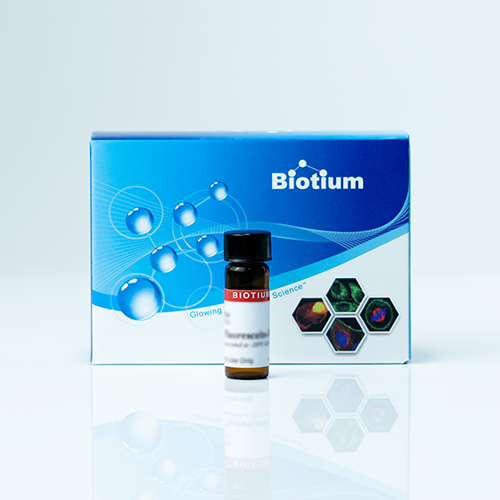ANTS
ANTS (8-aminonaphthalene-1,3,6-trisulfonic acid, disodium salt) is a highly negatively charged dye with an amino group that can be coupled to an aldehyde or ketone group to form an unstable Schiff base. The Schiff base is usually chemically reduced by sodium borohydride (NaBH4) or sodium cyanoborohydride (NaB(CN)H3) to form a stable linkage (1).
Please fill in the inquiry form and we will contact you shortly.
Wishlist updated! View wishlist
Product Description
ANTS (8-aminonaphthalene-1,3,6-trisulfonic acid, disodium salt) is a highly negatively charged dye with an amino group that can be coupled to an aldehyde or ketone group to form an unstable Schiff base. The Schiff base is usually chemically reduced by sodium borohydride (NaBH4) or sodium cyanoborohydride (NaB(CN)H3) to form a stable linkage (1). This labeling technique has been widely used for the labeling and subsequent sequencing of oligosaccharides and glycoproteins. The negative charges of the dye facilitate the electrophoretic separation of the degradation products of carbohydrate polymers.
ANTS has also been used together with the fluorescent quencher DPX (80012) for the studies of membrane fusion or permeability (2). The mixture of ANTS-DPX is minimally fluorescent initially, but becomes increasingly more fluorescent upon dilution (i.e., membrane fusion or leakage).
- λEx/λEm = 353/520 nm
- ε= 65,000
- Light yellow solid soluble in water and DMSO
- Store at 4°C and protect from light, especially in solution
- C10H7NNa2O9S3
- MW: 427
- [5398-34-5]
References
1. Electrophoresis 12, 94 (1991).
2. Anal Biochem 222, 270 (1994)
3. Biochemistry 29, 1309 (1990).


